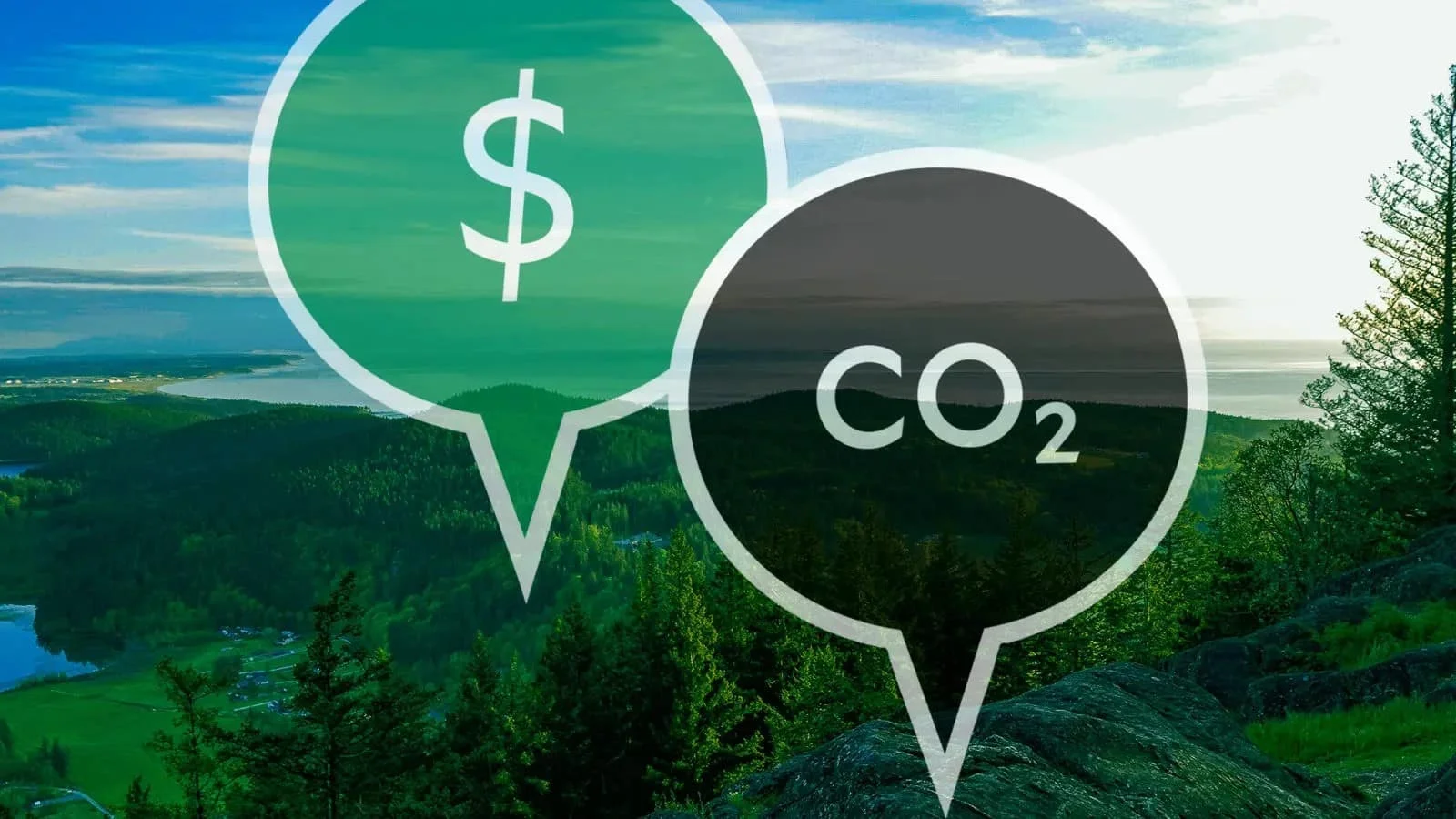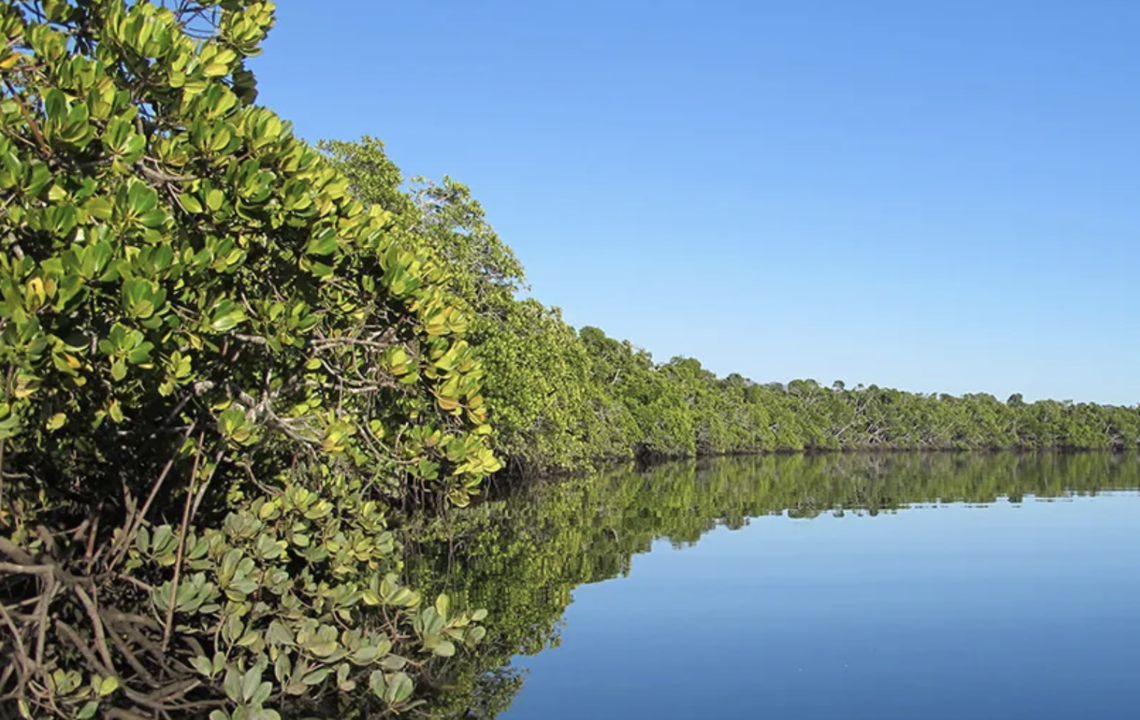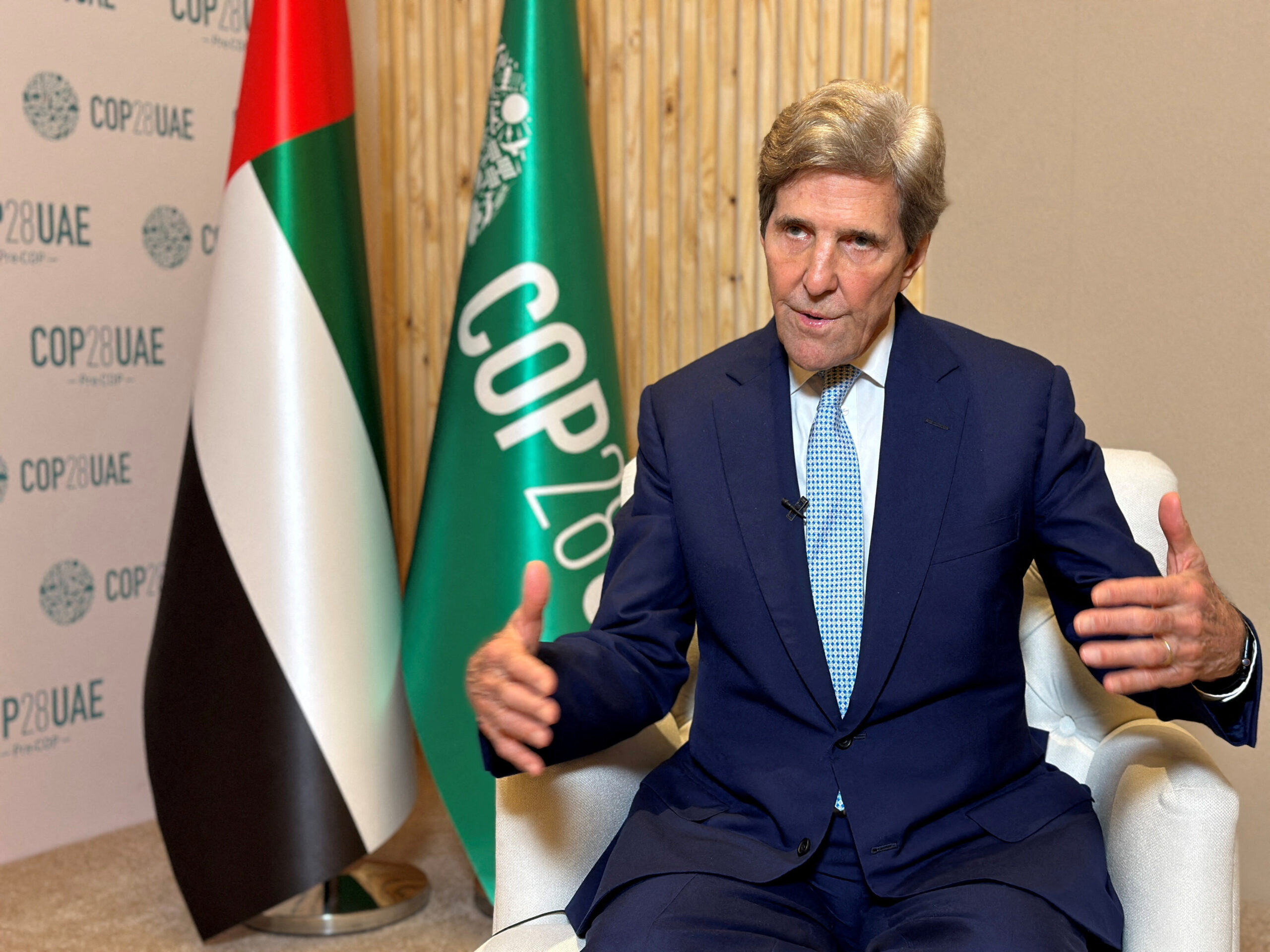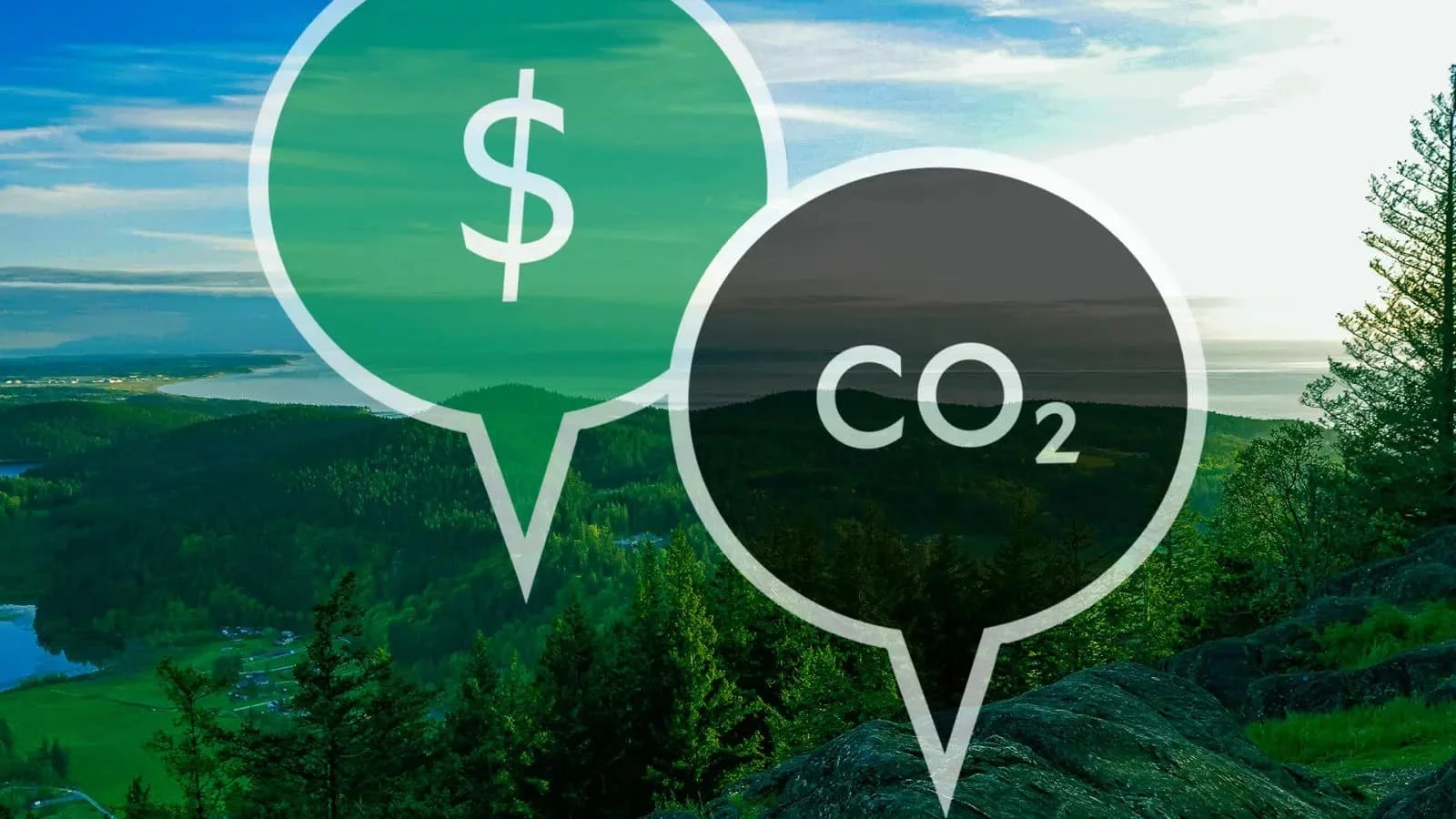- The reward for fixing carbon credit trade could be enormous, especially for Africa’s energy transition.
- The $2 billion global trade in voluntary carbon markets (VCMs) has suffered from greenwashing allegations, with prices plummeting from the 2022 peaks.
- For some African climate-linked businesses, the successful functioning of the carbon credits market is not a nice one but is core to their operating strategy.
Highly indebted nations need all the financing available to support their energy transition and climate adaptation needs. With the developed world lagging on its climate funding pledges, market-based solutions provide a supplementary funding source.
Carbon credits, a tradeable instrument obtained when a tonne of carbon is avoided or withdrawn from the atmosphere, have always offered significant optimism. With swaths of carbon-capturing biodiversity in the global south, Africa has the supply, while the industrialised nations looking to offset their emissions have the demand. Buyers then channel the finances towards developing economies with smaller carbon footprints and higher financing gaps.
But what offers great optimism in theory has not worked well practically. The $2 billion global trade in voluntary carbon markets (VCMs) has suffered from greenwashing allegations, with prices plummeting from the 2022 peaks. The carbon credit market is considered free-for-all, with limited transparency and unreliable standards.
The difficulties with carbon pricing

For years, economists have urged governments to price carbon through emissions-trading systems or taxes as the most effective way to encourage investments in decarbonisation, spur energy efficiency, and level the playing field for corporations adopting green technology.
In October, the IMF warned that tackling climate change without pollution tax could create unsustainable fiscal costs. According to Vitor Gaspar, the IMF director of fiscal affairs, “scaling up the current policy mix, heavy on subsidies and other spending components,” could elevate public debt within a typical economy by 40-50 percentage points of GDP by 2050.
However, any global deal to set a carbon price or even implement the IMF’s idea of a looser minimum price floor for big emitters – remains an elusive goal.
“It is the theoretical ideal, but it is practically infeasible,” says Misato Sato, a research fellow at the Grantham Research Institute on Climate Change and the Environment.
An annual World Bank stock-take found that direct carbon-pricing mechanisms, whether emissions trading structures, credits or taxations, covered only 23 per cent of global greenhouse emissions in 2023, up from 7 per cent 10 years ago, but not much has changed from 12 months prior.
More disheartening is that less than 5 per cent of global emissions were covered by a high enough price to attract investments at the pace and scale required. Moreover, in many countries, carbon pricing does not match inflation.
According to the World Bank, carbon taxes and trading effects remain dwarfed by the impacts of traditional fuel excise duties and fossil fuel subsidies worth more than $1 trillion a year.
Nevertheless, economists believe that despite the sluggish progress, there is reason for hope, with a growing recognition that carbon pricing must become part of a mix of policies combined with subsidised regulations to drive innovation and fiscal assistance for poorer countries and households to adjust.
According to Simon Tagliapietra, a senior fellow at Bruegel, There should be no expectation yet for Africa and other developing countries to burden their economies with high carbon pricing as those already in regions within Europe since they do not bear similar responsibility for past emissions.
“Carbon pricing should go hand in hand with carbon dividends . . . Without carbon dividends, it is socially and politically unsustainable,” he adds.
Read Also: COP28: unmasking greenwashing in Africa and the challenge for sustainable development
Raising the efficacy of carbon credit trading
The reward for fixing carbon credit trading could be enormous, especially for Africa’s energy transition. According to Bloomberg NEF, the carbon offset market will reach $1 trillion with the proper rules.
Raising the efficacy of projects funded by carbon credits remains key. Some projects would have happened anyway without the carbon credit revenues. Others remain theoretically defective, including initiatives to protect forests from imaginary future deforestation or shutting down a coal-fired power plant early. Moreover, independent certification bodies have been condemned for overestimating the climate gains.
The effect on developing countries’ economic growth has been questioned, too. Industrialised countries have the incentive to hoard land with carbon-offsetting potential. Governments and local communities sometimes only receive a small cut of carbon credit sales, with private brokers also getting a significant share.
Some call this “carbon colonialism”. It can also create distorted incentives for African countries to raise their carbon footprint to generate new projects.
The UN system for a working carbon credit market

Article 6 of the 2015 Paris Agreement allows countries to trade carbon credits to achieve targets for emission reduction as per their Nationally Determined Contributions. The system rightly focuses on avoiding double-counting, where a bilateral project counts for both nations as an offset against their target.
Nevertheless, even initiatives under the UN system cannot guarantee quality. Negotiations over the precise rules and regulations for projects have been canvassed at the United Nations climate summit in Dubai, United Arab Emirates.
VCMs are not the universal remedy. They must not distract corporations and governments from directly scaling down their emissions. However, considering their funding potential, VCMs should not be abandoned, as some stakeholders advocate. Instead, a more concerted campaign towards their integrity remains essential.
Setting the rules of carbon credit trading
The carbon credit market needs a set of standardised rules. Double-counting must be avoided, and the “additionality” principle, or not funding projects that would have happened anyway, is ensured.
Projects must lead to a lasting fall in emissions. Therefore, a greater emphasis could be placed on financing tech-based carbon removal.
Consistent accounting standards that measure and track the efficacy of initiatives in absorbing pollutants over time are critical. Locals also need to gain adequate upside from revenues, which they can reinvest in sustainability efforts. Settling on the specifics is not easy, but the range of independent criteria currently undermines market trust.
The multilateral development bank structure could support the marketplace by working alongside UN experts to advance common frameworks. It can also build transparency in the institutional and financial infrastructure that underpins VCMs, for instance, by helping to develop a global registry for credits.
In their current state, VCMs can create the facade of action on climate change. With massive shortfalls in climate finance and temperatures rising rapidly, it would be foolish not to try fixing them.
The value of legitimising carbon credit trade for African businesses
Carbon credits are broadly classified as cheaper in voluntary markets with questionable quality and more expensive in regulated markets, including the EU’s emissions trading systems. According to Verena Rose, Chair of the European Securities and Markets Authority, voluntary carbon credits lack “some attributes of fair, efficient, and transparent markets that shield investors” “in addition to environmental integrity vulnerabilities.”
For some African climate-linked businesses, the successful functioning of the carbon credits market is not a nice one but is core to their operating strategy. Unfortunately, the existing market’s credibility has taken a beating with growing scepticism concerning the utility of credits linked to avoided emissions.
That is particularly the case in the forestry sector. In January, a report by the Guardian, a UK newspaper, alleged that 90 per cent of rainforest carbon offsets certified by Verra, a standard for voluntary carbon credits, were worthless. Verra disputed the methodology and the conclusions, but the allegations undermined carbon offsets confidence as a credible tool for big corporations to use in their net-zero emissions strategies.
Consequently, these and other setbacks have caused the prices of carbon offsets traded by Xpansiv, operating a carbon exchange, to depreciate by more than 80 per cent in less than 24 months. Its global emissions offset contract used by airlines to offset carbon emissions was trading at $0.44 in November, down from $3.43 at the beginning of 2023. Nevertheless, many agree that carbon credit markets are indispensable to fighting deforestation and climate change.
Read Also: Africa Must Own Carbon Offsets Value Chain Amid Market Failures
Hope from COP28

Banks, regulators and top officials in this year’s COP28 climate summit have backed efforts to revive the global trade in voluntary carbon credits that have faced credibility allegations. Independent certification bodies that have suffered from the collapse of the carbon credits market have also backed the efforts.
For instance, Verra indicated that it would aim to meet the standards set by the independent governance body, the Integrity Council for Voluntary Carbon Markets. The standards to be implemented include ensuring that emissions reduction remains durable and credible and ensuring there is no double counting between companies and countries.
According to US climate envoy John Kerry, carbon credit purchases linked to cuts in the carbon dioxide emitted by burning fossil fuels and deforestation could create the largest marketplace the world will ever know.
He added that “Fly-by-night operations touting cheap carbon credits in voluntary markets in recent years have “done an injustice to everybody”.
A US State Department-led scheme dubbed the Energy Transition Accelerator (ETA) aim to create a framework for power sectors and countries, including Nigeria and Chile, to start selling emissions reductions from April 2024 to fund a move away from carbon-intensive energy sources.
The framework will improve the existing voluntary models by applying high-level national data and measuring emission reduction with the past instead of hypothetical future emission savings.
Some top officials at COP28 were hopeful that a credible carbon trade could raise the estimated seven-fold increase in annual clean energy investments required to finance emerging markets’ shift away from carbon-intensive energy sources.
The efforts to revive a decimated carbon credit market valued at $2 billion at its peak come as investors continue questioning the accounting and integrity standards underpinning it.
Jean-Paul Servais, chair of the International Organisation of Securities Commission, proposed measures to bar fraud and spur liquidity growth to bring “financial integrity.”
The World Bank has waded into the deliberations, aiming to deliver 24 million carbon credits to the market in the next two years, including from projects from the Democratic Republic of Congo. According to Ajay Banga, the World Bank President, the intellectual arguments on carbon credits were holding progress back.


